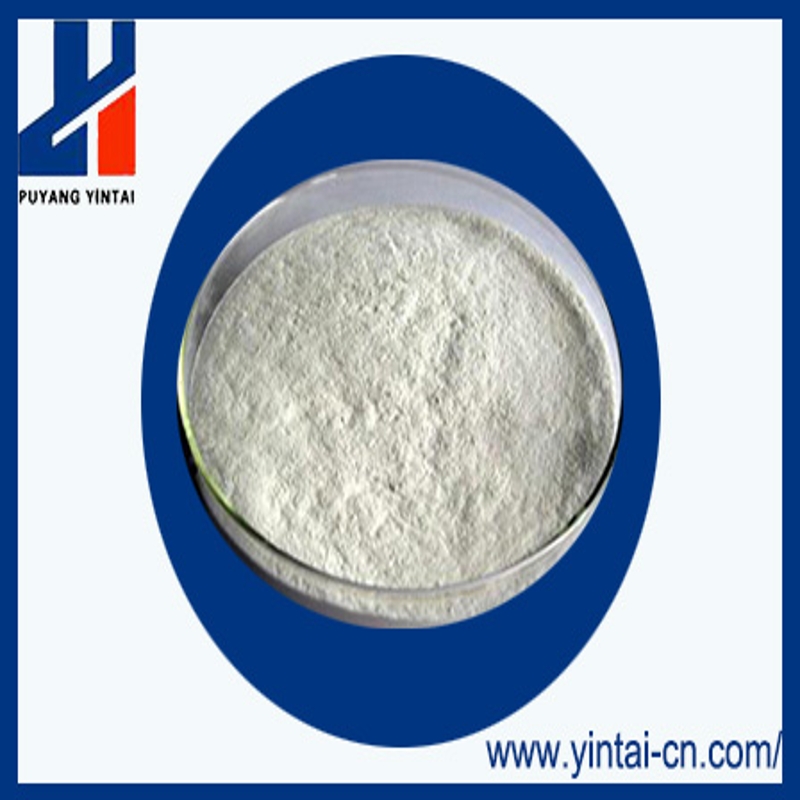-
Categories
-
Pharmaceutical Intermediates
-
Active Pharmaceutical Ingredients
-
Food Additives
- Industrial Coatings
- Agrochemicals
- Dyes and Pigments
- Surfactant
- Flavors and Fragrances
- Chemical Reagents
- Catalyst and Auxiliary
- Natural Products
- Inorganic Chemistry
-
Organic Chemistry
-
Biochemical Engineering
- Analytical Chemistry
- Cosmetic Ingredient
-
Pharmaceutical Intermediates
Promotion
ECHEMI Mall
Wholesale
Weekly Price
Exhibition
News
-
Trade Service
| 17 papers to draw a list of brain motor cortex cells |
Digital reconstruction of human neurons
.
Image source: Allen Institute for Brain ScienceDigital reconstruction of human neurons
You may think it is simple, but this action requires millions of neurons in different areas of the brain to work together to send out signals.
The signals are sent from the brain to the spinal cord and then to the muscles at a speed of 200 miles per hour, thereby moving you.
Arm
.
In fact, at the cellular level, rapid movement is a highly complex process
.
Now, for the first time, scientists from the National Institutes of Health's Brain Innovation Project Cellular Investigation Network (BICCN) have accurately mapped the neurons and other cells in the brains of humans, mice, and monkeys that control motor areas
Recently, "Nature" published 17 articles describing the atlas
.
To deconstruct the brain, a thinking machine composed of tens of billions of neurons, people have a list of parts, the brain cell type library
.
But neuroscientists have been working hard to standardize the list
The researchers compared the genetic characteristics, shape, location, and electrical activity patterns of cells to identify more than 100 cell types in the human brain
.
The catalog can help researchers determine the types of cells affected by brain diseases, identify the corresponding cells in animal models, and better target these cells for treatment
This cell map "is like the Rosetta Stone of neuroscience," said neuroscientist Jens Hjerling-Leffler of Karolinska Institute in Sweden who was not involved in the project
.
To draw the atlas, BICCN researcher and Harvard University biophysicist Zhuang Xiaowei said that sequencing alone cannot explain the whole problem
.
"We also need to know where the cells are in the brain, what their neighboring cells are, and how they interact
In order to collect information effectively, the researchers focused their attention on the primary motor cortex, a strip of tissue across the top of the brain, which is responsible for coordinating muscle movement
.
The researchers said that the current technology can capture multiple features at the same time
In BICCN's data, cells classified by transcriptome tend to share other characteristics, such as location, shape, and electrical activity
.
BICCN scientists wrote in a paper summarizing the work that this discovery "provides a strong validation for the molecular definition of cell types
Zeng Hongkui, a BICCN researcher and director of the Allen Institute for Brain Science, said that the exact number depends on the cell grouping criteria
.
"127? 130? or 100? This is not so clear
Mina Ryten, a clinical geneticist at University College London (UCL) who studies neurogenetic diseases, said the new cell census may shape the way researchers model brain diseases
.
"It's actually difficult to predict what effect a genetic mutation will have on a person, partly because you don't have a framework to understand in which cell type it is expressed
.
"
BICCN data can help scientists determine which human cell types are most susceptible to specific mutations
.
Data from mice and monkeys can help them identify and study similar cell types in laboratory animals
.
After creating a partial list of cells, the researchers said that there is still a need to study how cell types behave and interact in a functioning brain
.
(Source: Tang Yichen, China Science News)
Related paper information: https://doi.
org/10.
1038/s41586-021-03950-0
org/10.
1038/s41586-021-03950-0







